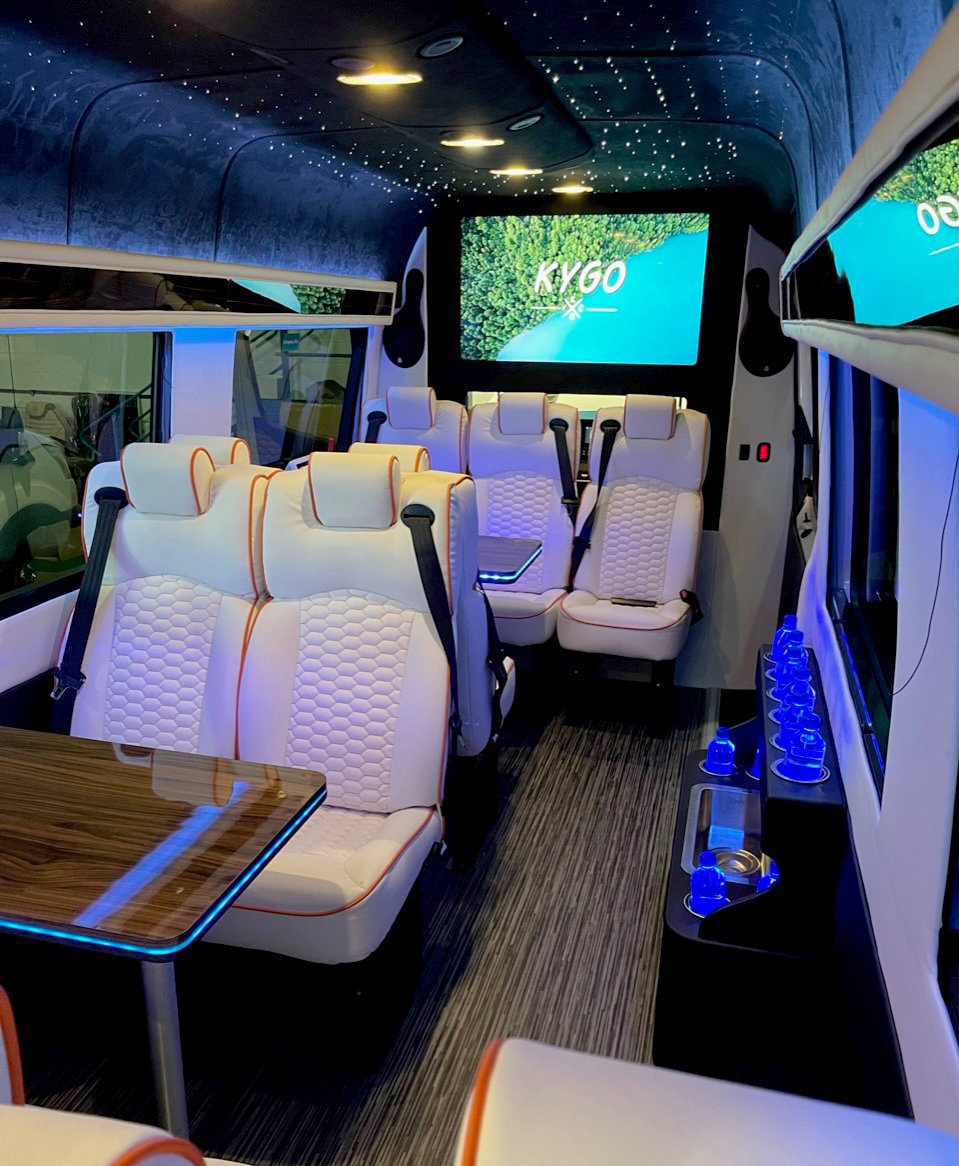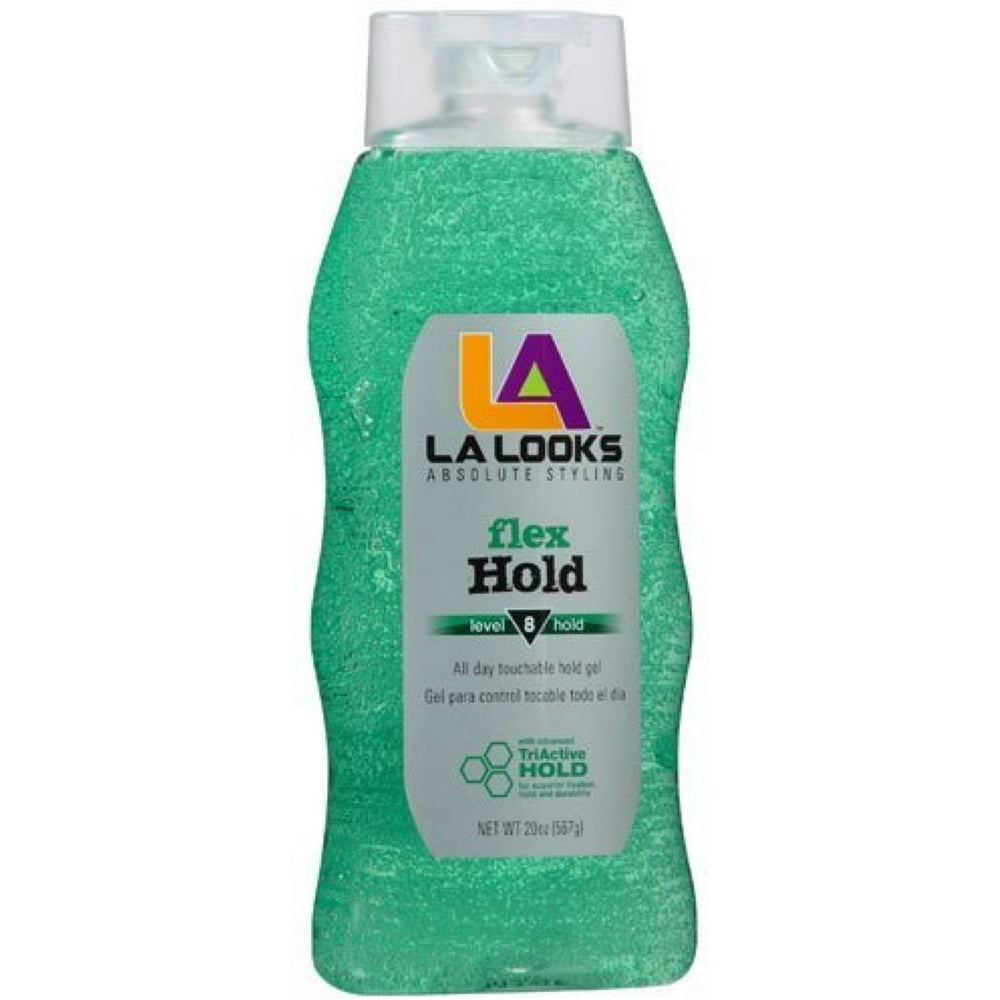Hey there, design enthusiasts! Let’s dive straight into the world of absolute styling. If you're into web design or development, you've probably stumbled upon this term at least once. Absolute styling is more than just a buzzword; it's a powerful technique that gives you control over every single pixel on your webpage. Whether you're building a sleek portfolio or designing a user-friendly interface, understanding absolute styling can take your projects to the next level.
Now, you might be wondering, "What exactly is absolute styling?" Well, it's a CSS positioning method that allows elements to be placed precisely where you want them on a webpage. Think of it as the ultimate power tool for web designers who need pixel-perfect layouts. This technique is especially useful when you want to create visually stunning designs that stand out from the crowd.
Before we dive deeper, let's set the stage. Absolute styling isn't just about making things look good; it's about giving you the flexibility to bring your creative vision to life. From aligning buttons perfectly to creating overlays that enhance user experience, absolute styling is your go-to method. So, buckle up because we're about to explore everything you need to know about this game-changing technique!
Read also:Access Remote Iot Device Free Aws Your Ultimate Guide
Understanding Absolute Styling: The Basics
Let’s start with the fundamentals. Absolute styling is a CSS property that allows you to position elements exactly where you want them, regardless of the flow of the document. It's like having a magic wand that lets you place elements anywhere on the page. When you use absolute positioning, the element is removed from the normal document flow, meaning it doesn't affect the positioning of other elements around it.
Here’s how it works: When you apply "position: absolute;" to an element, you can use properties like "top," "bottom," "left," and "right" to define its exact location. For example, if you want an element to be 50 pixels from the top and 100 pixels from the left, you simply write:
position: absolute; top: 50px; left: 100px;
Simple, right? But wait, there's more! Absolute styling isn't just about numbers; it's about creating designs that are both functional and visually appealing. Let's break it down further.
Why Choose Absolute Styling?
There are plenty of reasons why absolute styling is a favorite among web designers. First off, it gives you complete control over the layout of your webpage. Whether you're designing a landing page or a complex dashboard, absolute styling ensures that everything looks exactly as you intended.
Here are some key benefits:
Read also:Travis Scott Net Worth A Detailed Look At The Rappers Wealth And Success
- Precision: Place elements exactly where you want them.
- Flexibility: Work with elements independently of the document flow.
- Customization: Create unique designs that stand out.
But remember, with great power comes great responsibility. While absolute styling is incredibly useful, it's important to use it wisely. Overusing it can lead to maintenance nightmares, especially if your design needs to be responsive.
Absolute Styling vs. Relative Styling
Now, let's talk about the difference between absolute styling and relative styling. Both methods involve positioning elements, but they work in entirely different ways. Relative styling keeps the element within the normal document flow, while absolute styling removes it completely.
Think of it like this: Relative styling is like rearranging furniture in a room without moving the walls, while absolute styling is like picking up a piece of furniture and placing it anywhere in the house. Both have their uses, but they serve different purposes.
Here’s a quick comparison:
- Absolute Styling: Removes the element from the document flow; perfect for overlays and pop-ups.
- Relative Styling: Keeps the element in the document flow; great for minor adjustments.
Choosing between the two depends on your specific design needs. If you need precise control, absolute styling is the way to go. But if you want to maintain the natural flow of your layout, relative styling might be a better choice.
When to Use Absolute Styling
Not sure when to use absolute styling? Here are some scenarios where it really shines:
- Overlays: Perfect for creating modal windows or tooltips.
- Fixed Elements: Ideal for sticky headers or footers.
- Unique Layouts: Great for designs that require non-traditional layouts.
However, it's important to consider the context. For example, if you're designing a responsive website, you might want to combine absolute styling with media queries to ensure everything looks good on different devices.
How to Implement Absolute Styling
Ready to get your hands dirty? Let’s walk through the process of implementing absolute styling in your projects. The first step is to understand the syntax. Here's a basic example:
position: absolute; top: 50px; left: 100px;
Easy peasy, right? But wait, there's more! To truly master absolute styling, you need to understand how it interacts with other CSS properties. For instance, you can combine it with z-index to control the stacking order of elements.
Here’s a pro tip: Always define the position of the parent element. If the parent element has "position: relative;" or "position: absolute;", the child element will be positioned relative to it. If not, it will be positioned relative to the nearest positioned ancestor or the document itself.
Common Mistakes to Avoid
While absolute styling is powerful, it's easy to make mistakes if you're not careful. Here are some common pitfalls to watch out for:
- Overusing Absolute Positioning: This can make your layout hard to maintain.
- Ignoring Responsiveness: Always test your design on different devices and screen sizes.
- Forgetting Parent Positioning: Define the position of the parent element to avoid unexpected behavior.
By avoiding these mistakes, you can ensure that your designs are both beautiful and functional.
Advanced Techniques in Absolute Styling
Once you've mastered the basics, it's time to explore some advanced techniques. One of the coolest things about absolute styling is how it can be combined with other CSS properties to create stunning effects. For example, you can use absolute positioning to create parallax scrolling effects or animated overlays.
Here’s an example of how you can create a simple overlay:
position: absolute; top: 0; left: 0; width: 100%; height: 100%; background-color: rgba(0, 0, 0, 0.5);
This code creates a semi-transparent overlay that covers the entire parent element. You can then add content or buttons on top of it to create interactive elements.
Combining Absolute Styling with Flexbox
Another powerful technique is combining absolute styling with Flexbox. Flexbox is a layout module that makes it easier to design flexible and responsive layouts. By using absolute positioning to place elements precisely and Flexbox to handle alignment and spacing, you can create designs that are both beautiful and functional.
Here’s how you can combine the two:
position: absolute; top: 50%; left: 50%; transform: translate(-50%, -50%); display: flex; justify-content: center; align-items: center;
This code centers an element both vertically and horizontally, making it perfect for creating visually appealing designs.
Best Practices for Absolute Styling
Now that you know how to implement absolute styling, let’s talk about best practices. Following these guidelines will help you create designs that are not only beautiful but also maintainable and responsive.
Here are some tips to keep in mind:
- Use Media Queries: Ensure your design looks good on all devices.
- Define Parent Positioning: Always set the position of the parent element to avoid unexpected behavior.
- Test Responsiveness: Regularly test your design on different screen sizes.
By following these best practices, you can create designs that are both functional and visually appealing.
Tools and Resources for Absolute Styling
There are plenty of tools and resources available to help you master absolute styling. Whether you're a beginner or an experienced designer, these resources can take your skills to the next level.
Here are some recommendations:
- MDN Web Docs: A comprehensive guide to CSS positioning.
- CSS-Tricks: A treasure trove of CSS tips and tricks.
- CodePen: A great platform for experimenting with CSS.
By leveraging these resources, you can stay up-to-date with the latest trends and techniques in web design.
The Future of Absolute Styling
As web design continues to evolve, absolute styling remains a vital tool for designers. With the rise of responsive design and mobile-first approaches, it's more important than ever to use absolute styling wisely. While new techniques like CSS Grid and Flexbox are gaining popularity, absolute styling still has its place in the designer's toolkit.
Looking ahead, we can expect to see more innovative uses of absolute styling in combination with other CSS properties. From interactive animations to immersive user experiences, the possibilities are endless.
Trends to Watch Out For
Here are some trends to keep an eye on:
- Parallax Scrolling: Creating depth and movement in web designs.
- Interactive Overlays: Enhancing user engagement with dynamic elements.
- Responsive Layouts: Ensuring designs look great on all devices.
By staying ahead of these trends, you can ensure that your designs remain relevant and cutting-edge.
Conclusion: Embrace Absolute Styling
And there you have it, folks! Absolute styling is a powerful technique that can elevate your web design projects to new heights. From precise positioning to creating stunning visual effects, it's a tool that every designer should have in their arsenal.
Remember, the key to mastering absolute styling is practice. Experiment with different techniques, test your designs on various devices, and don't be afraid to make mistakes. After all, that's how we learn and grow as designers.
So, what are you waiting for? Dive into the world of absolute styling and start creating designs that truly stand out. And don't forget to share your thoughts and experiences in the comments below. We'd love to hear from you!
Table of Contents
- Understanding Absolute Styling: The Basics
- Absolute Styling vs. Relative Styling
- How to Implement Absolute Styling
- Common Mistakes to Avoid
- Advanced Techniques in Absolute Styling
- Combining Absolute Styling with Flexbox
- Best Practices for Absolute Styling
- Tools and Resources for Absolute Styling
- The Future of Absolute Styling
- Trends to Watch Out For


